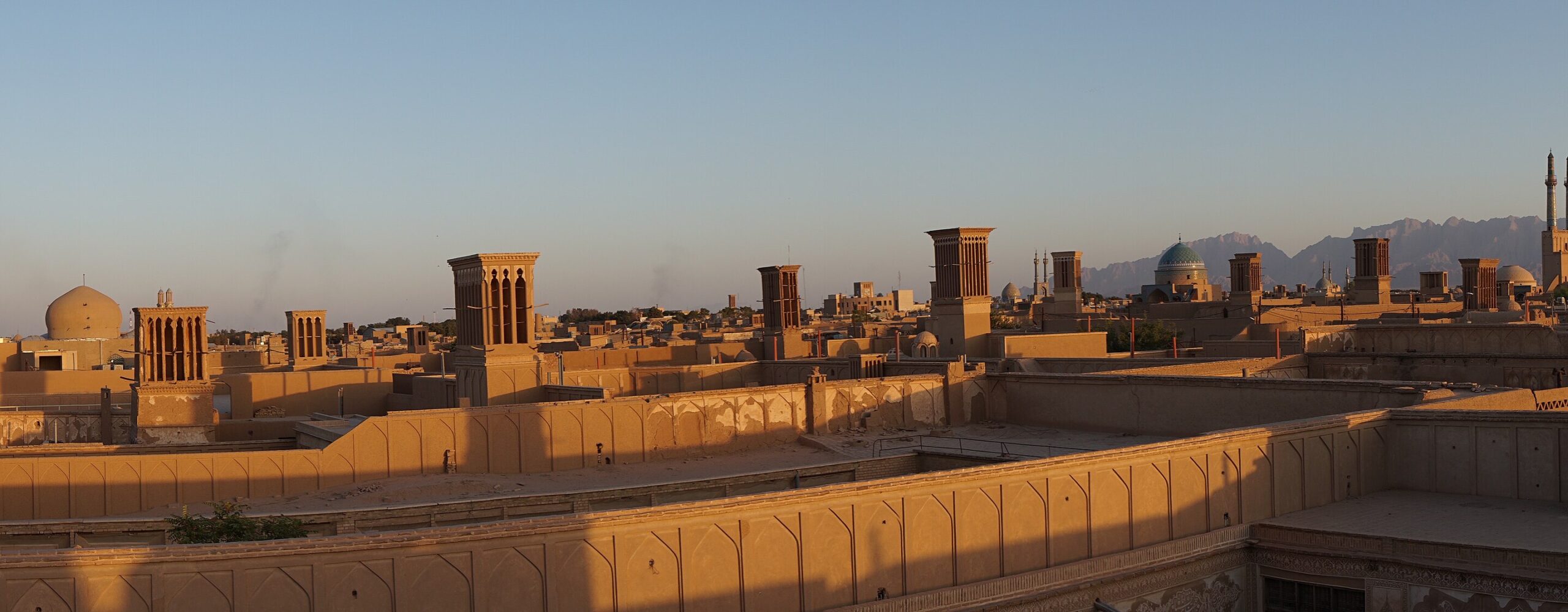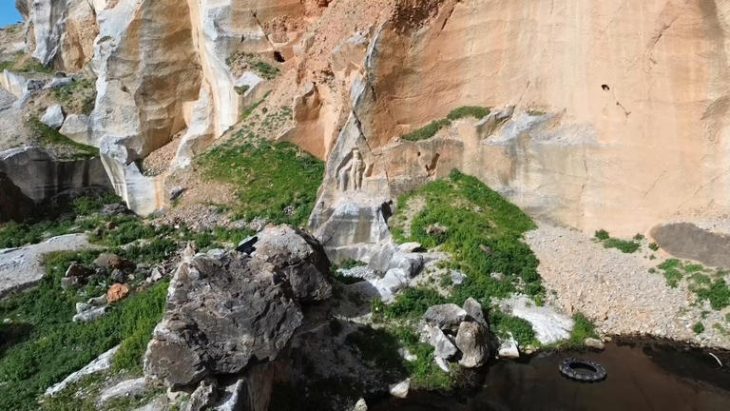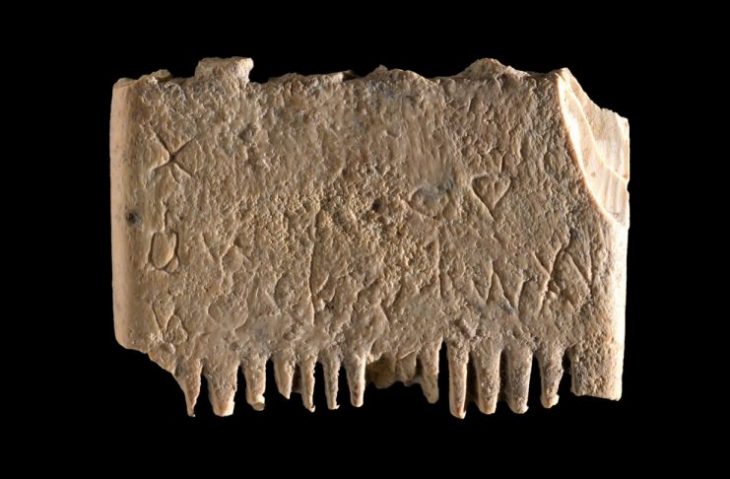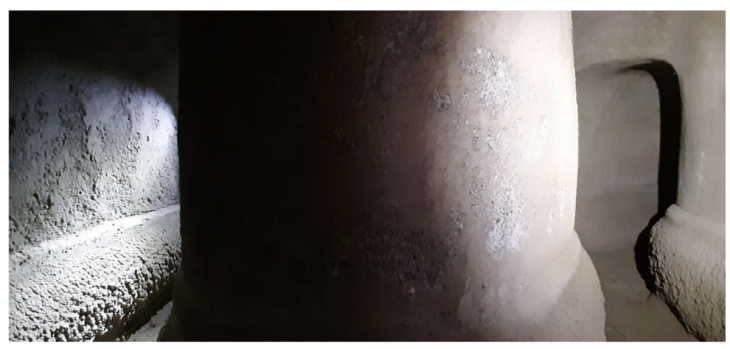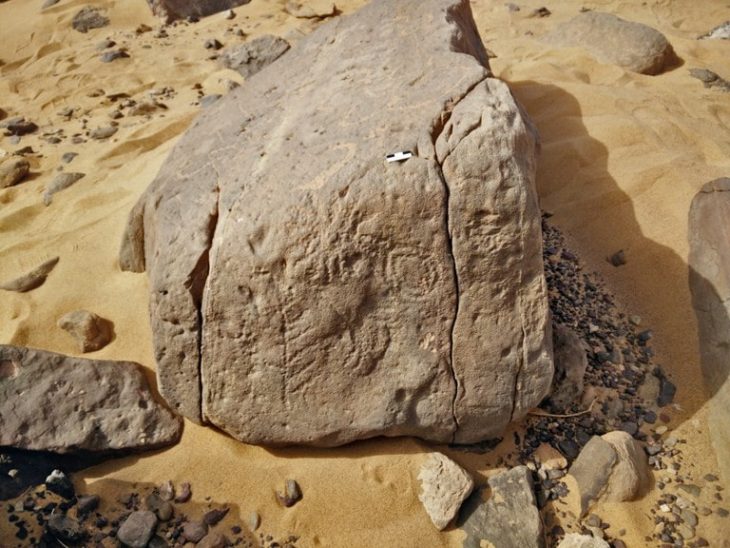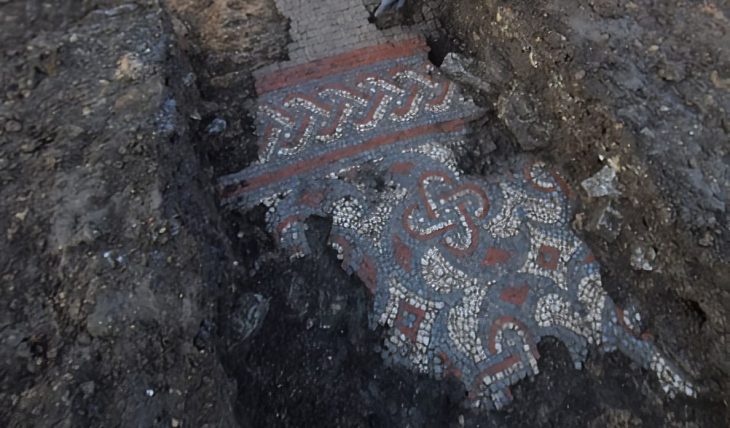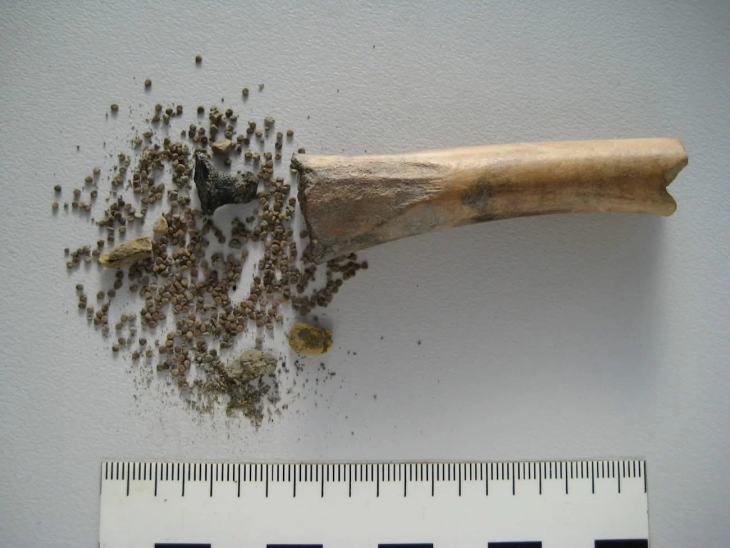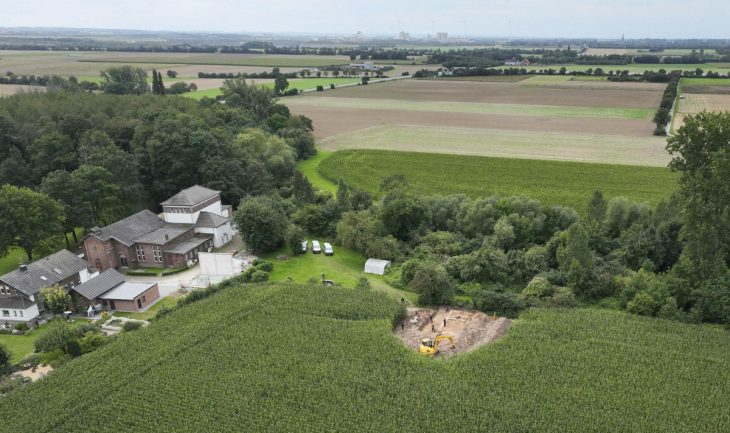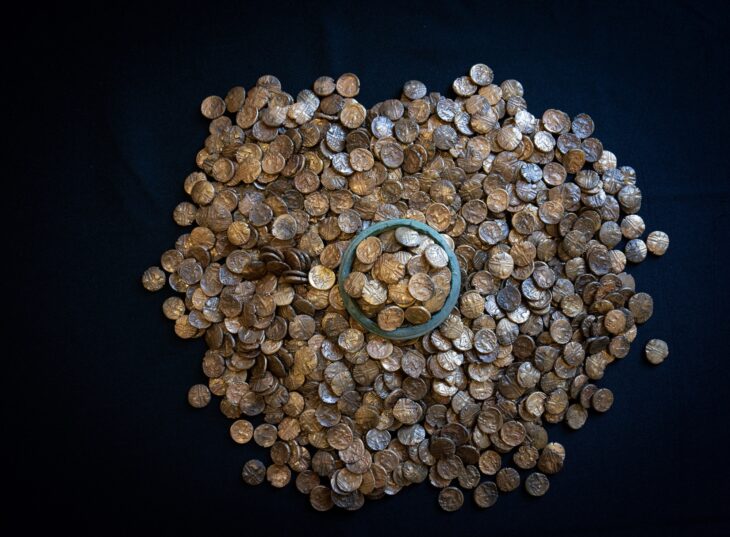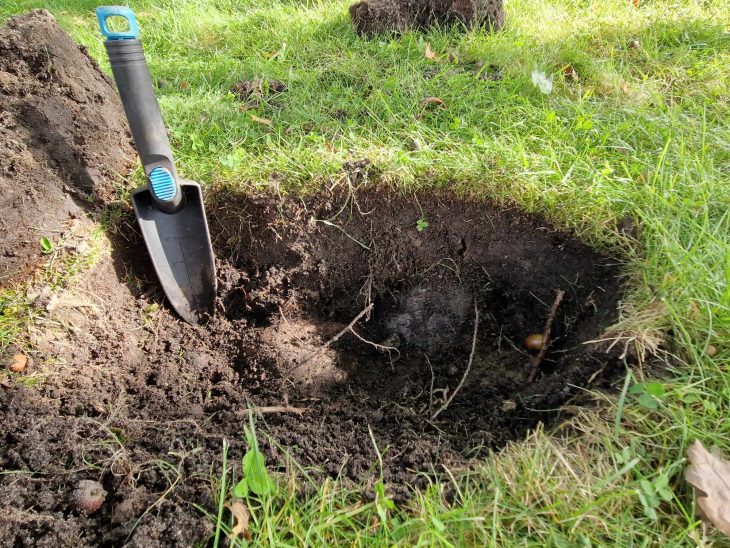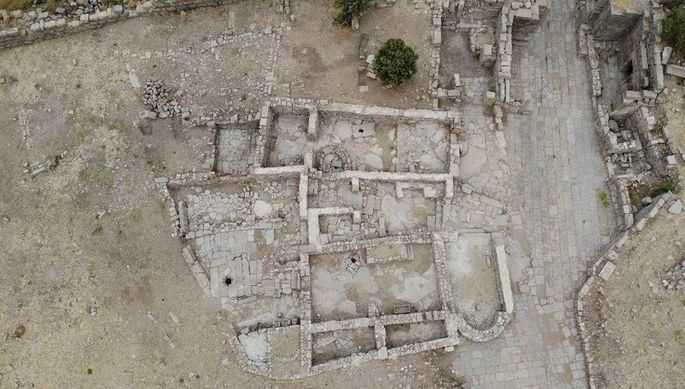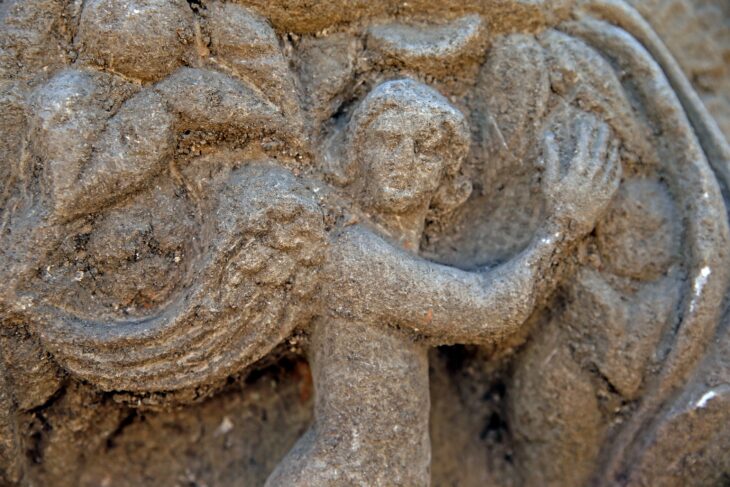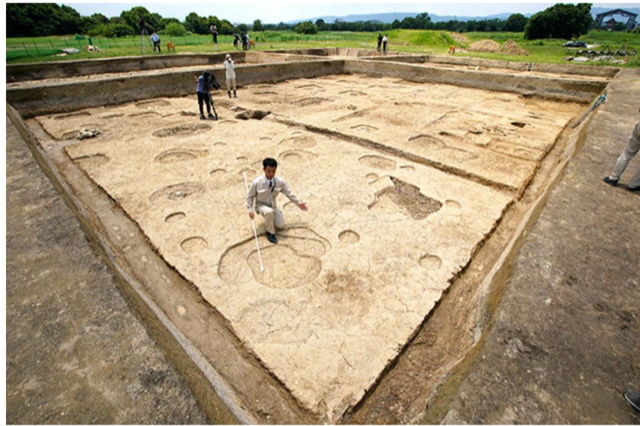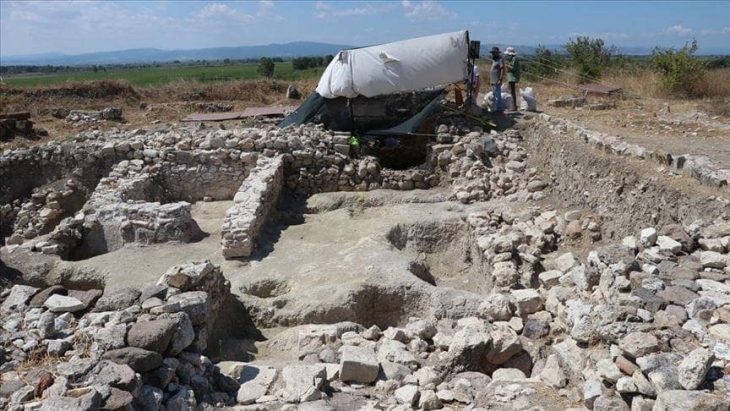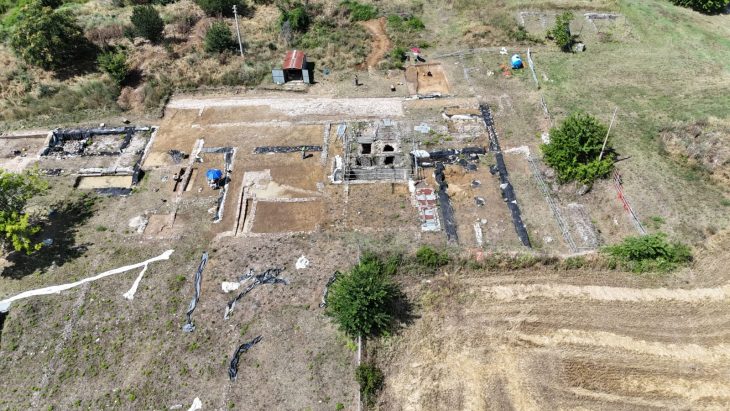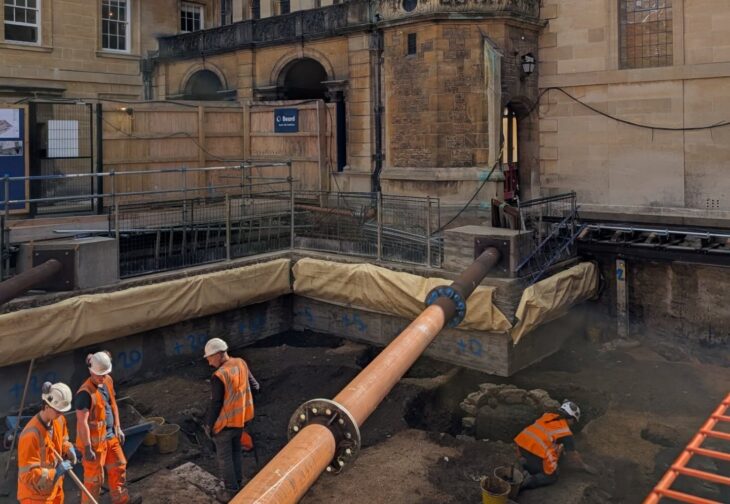In a remarkable archaeological discovery, a nearly 1,000-year-old Kufic-Inscribed tombstone has been unearthed during restoration efforts at the Dowlatshahi Mosque, nestled in the heart of Yazd, a UNESCO World Heritage city in central Iran. This significant find sheds new light on the layered history of one of Iran’s most iconic desert cities.
Ancient Tombstone Found in the Mihrab of Dowlatshahi Mosque
Majid Oloumi, the director of Yazd’s World Heritage Base, announced that the tombstone was found hidden within the small mihrab (prayer niche) of the Dowlatshahi Mosque, located in the Charsouq Shahi section of a historical bazaar in the city’s old quarters.
Measuring approximately 80 by 40 centimeters and buried about one meter deep, the tombstone was carefully extracted under the guidance of archaeologists and officials from the Cultural Heritage, Tourism, and Handicrafts Department of Yazd Province.
The stone bears an inscription in Kufic script—one of the earliest forms of Arabic calligraphy—dated 493 AH (circa 1099 CE). The inscription features Quranic verses along its margins, while the central section provides honorary titles and identifies the deceased. This dating links the tombstone to the Kakuyid dynasty, a Shia Daylamite dynasty that ruled parts of Iran in the 11th century.

A Bridge Between Two Eras: Kakuyid and Muzaffarid Dynasties
While the tombstone dates to the Kakuyid period, the Dowlatshahi Mosque itself is historically attributed to the Muzaffarid dynasty, which ruled Yazd and other regions of Iran in the 14th century. The mosque and the surrounding Charsouq Shahi complex are examples of medieval Islamic architecture, marked by the use of mudbrick, intricate tile work, and geometric designs.
📣 Our WhatsApp channel is now LIVE! Stay up-to-date with the latest news and updates, just click here to follow us on WhatsApp and never miss a thing!!
This discrepancy between the mosque’s construction period and the tombstone’s dating could provide valuable insights into earlier religious structures or burials that may have existed on the site prior to the mosque’s construction, adding complexity to Yazd’s historical narrative.
Why This Discovery Matters
Oloumi emphasized the importance of continuing all restoration and archaeological work in Yazd under expert supervision, noting that the city is layered with concealed historical treasures. Ongoing studies on this tombstone and its architectural context may reveal previously unknown facets of Yazd’s early Islamic heritage and offer a deeper understanding of the city’s development through the centuries.
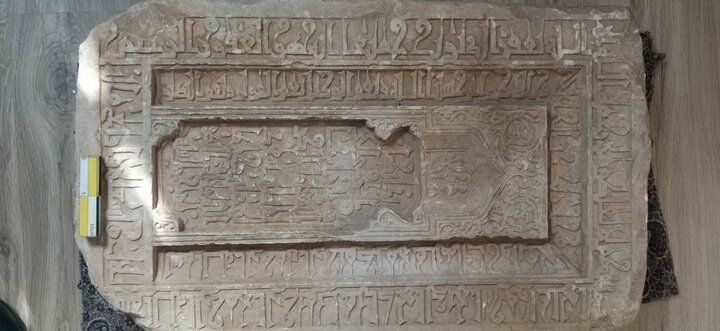
The stone bears an inscription in Kufic script—one of the earliest forms of Arabic calligraphy—dated 493 AH (circa 1099 CE). Credit: Tehran Times
Yazd: A Living Museum of Persian-Islamic Architecture
Designated a UNESCO World Heritage Site in 2017, the historical city of Yazd is renowned for its unique desert architecture, including badgirs (wind catchers), mudbrick houses, narrow alleyways, and centuries-old mosques and bazaars. The city has long been a crossroads of Zoroastrian, Islamic, and Persian cultures, making it a must-visit destination for heritage travelers.
The Dowlatshahi Mosque, though less internationally known than the Jameh Mosque of Yazd, stands as a significant representation of the city’s medieval Islamic identity, especially as new discoveries like this tombstone continue to enrich its historical tapestry.
Cover Image Credit: Yazd Historic City. CC BY 2.0

